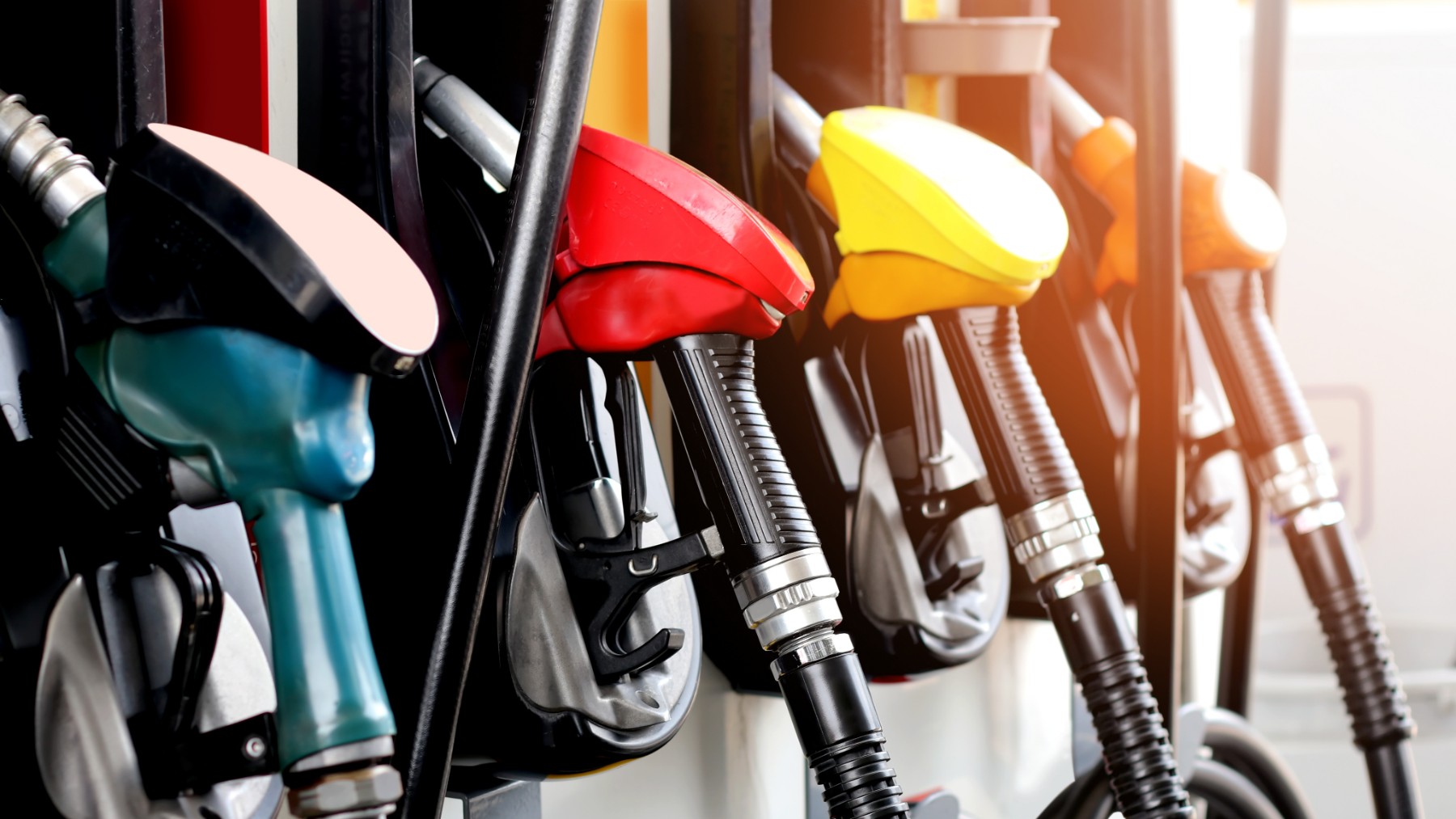Infra
Confirmed gas price hikes across New York – here’s why

Keep an eye on your wallet because with the arrival of Hurricane Milton, gasoline prices have increased slightly both in New York and throughout the country. This phenomenon has hit the country in all directions, but one of the places where it has been most visible has been in the demand for fuel supplies.
What is Hurricane Milton?
As you may know, we are in hurricane season, this year we have been visited by Hurricane Milton, which has been considered one of the strongest recorded in the Atlantic Ocean.
It arrived on October 7 and reached hurricane category when it touched ground in the Gulf of Mexico (it was estimated that the winds were 180 mhp and the pressure was 897 mbar). The most affected place on the Atlantic coast has been Florida, where major flooding and damage to the city’s infrastructure have been recorded.
Hurricane’s impact on gasoline prices
The hurricane has caused gasoline prices to rise slightly, so that, as reported by AAA Western and Central New York, the average on Monday was $3.24, two cents higher than last Monday. While this may seem like a fairly small increase, it is a reflection of what the hurricane has done to the supply structure.
However, looking at the annual average nationwide, the gallon has risen to $3.88 and the figure was also a few cents lower last year (approximately $3.82 per gallon).
For those drivers whose cars use diesel fuel, there has been no change and the gallon remains at $3.93.
Facts to note about Milton
The hurricane has left its mark on gasoline demand in places where infrastructure has been hit the hardest (such as where roads have flooded and power outages have been more common), but unlike other, more devastating hurricanes in the past, there has been no significant impact on gasoline prices this time around, as key infrastructure (such as refineries) were spared any damage.
We also need to remember that, despite continuing geopolitical tensions in the Middle East, oil prices have stagnated at around $75 per barrel.
Has demand increased?
According to data from the Energy Information Administration (EIA), demand for gas has increased while domestic stocks have plummeted.
This drop may be short-lived as gasoline production has increased during this time period, and now, with the arrival of cheaper “winter gasoline,” pressure on pump prices will also be relieved.
What is winter gasoline?
This is a cheaper type of fuel that will soon be sold. It is an annual transition that occurs with the arrival of the coldest months of the year. “Winter” and “summer” gasoline differ mainly in their formula, which is adjusted to adapt to outside temperatures.
What does this mean:
During the winter, it is necessary for engines to start more quickly, but in the cold, fuel does not vaporize easily enough. That is why this type of gasoline is formulated to evaporate much faster and prevent freezing in the vehicle’s supply lines.
This occurs in the opposite way in summer, when a less volatile gasoline is used to prevent more fuel from being lost through evaporation as temperatures rise.
What about the price of both?
In terms of prices, winter gasoline is cheaper to produce than summer gasoline and is especially important in areas with very cold climates.
It is a strategy of refineries to ensure that vehicles operate correctly in all seasons of the year.
With the arrival of winter gasoline, it is expected that prices will stabilize, as modified by the appearance of Hurricane Milton.
You may be interested:










